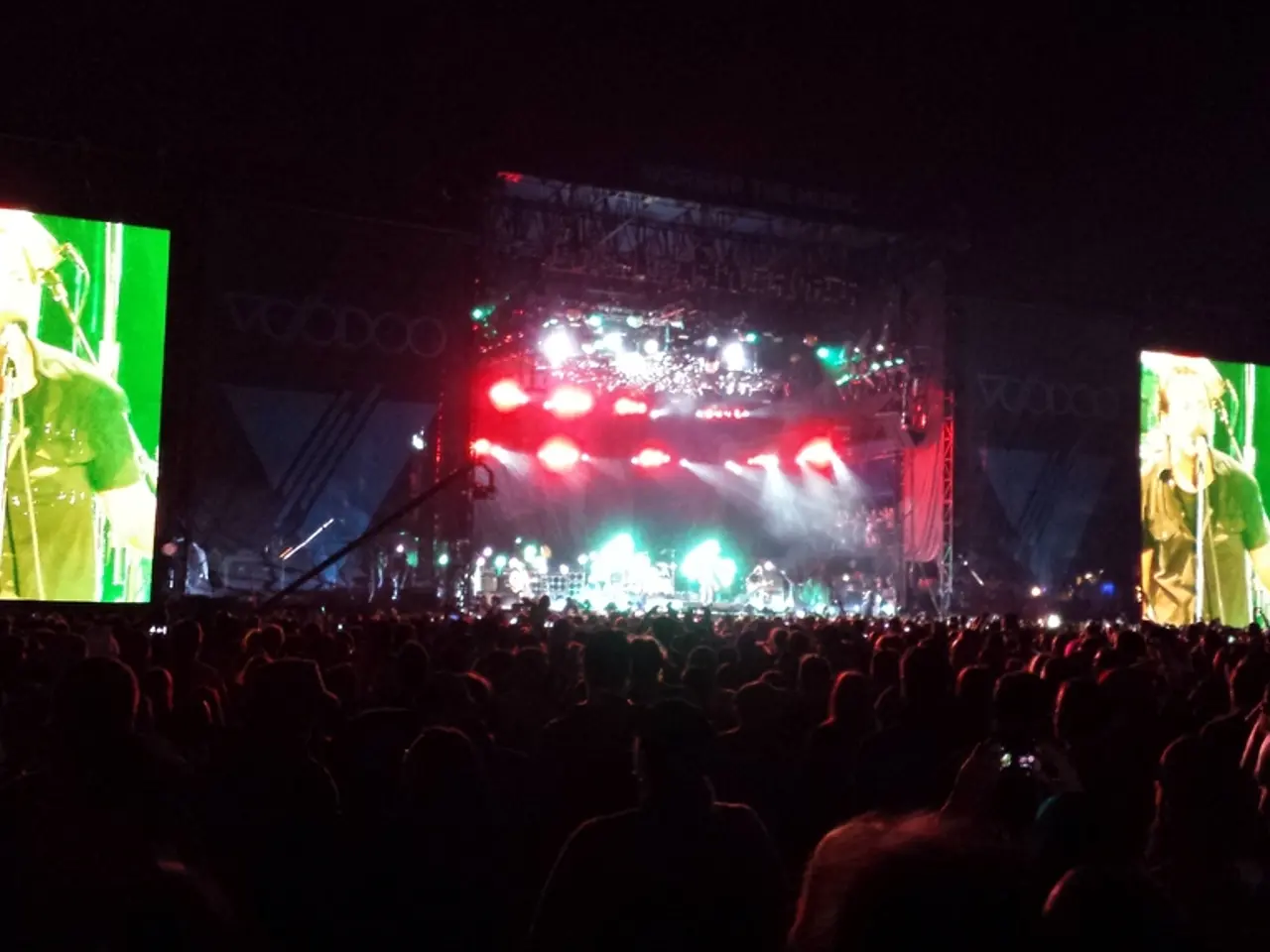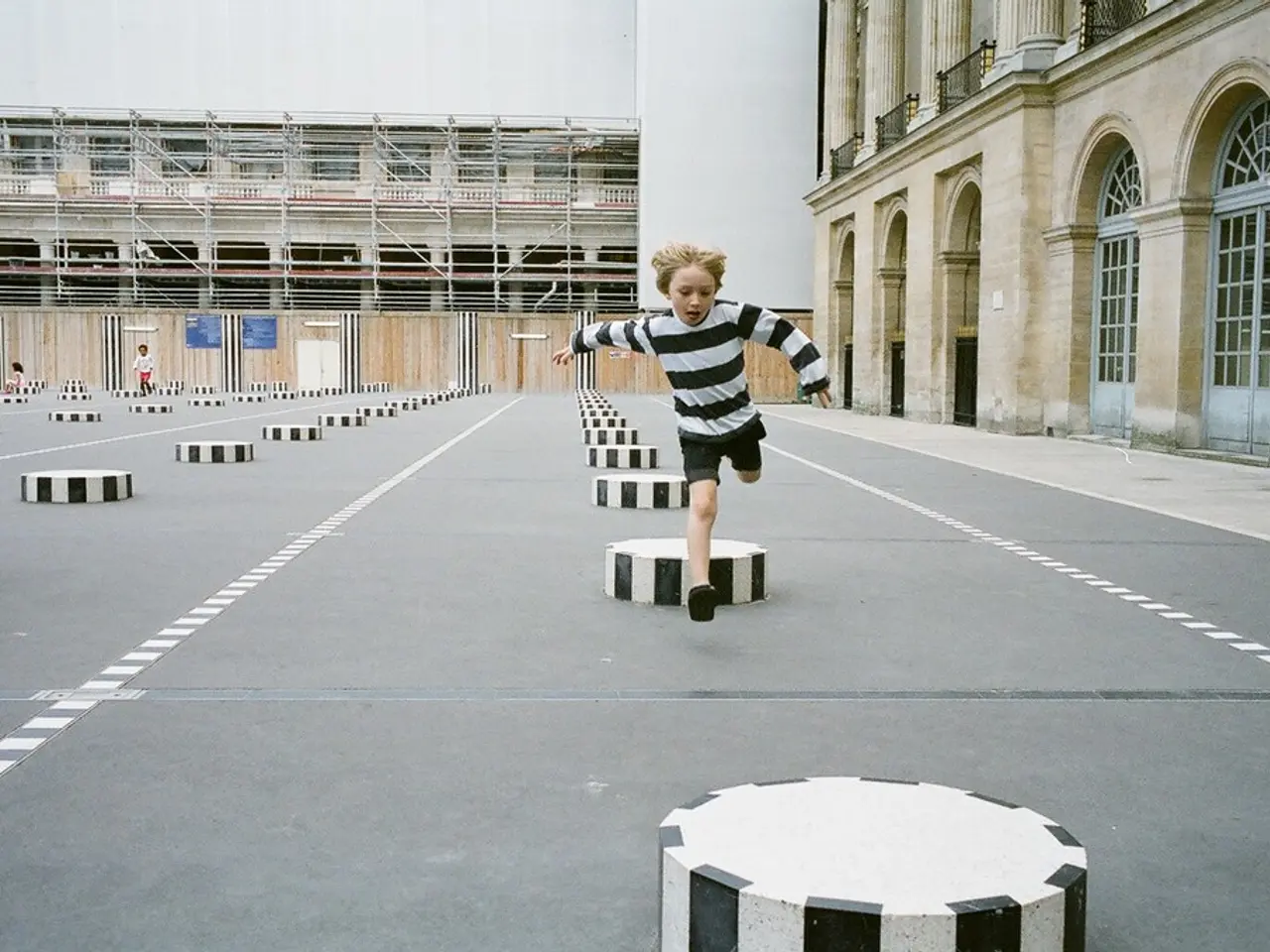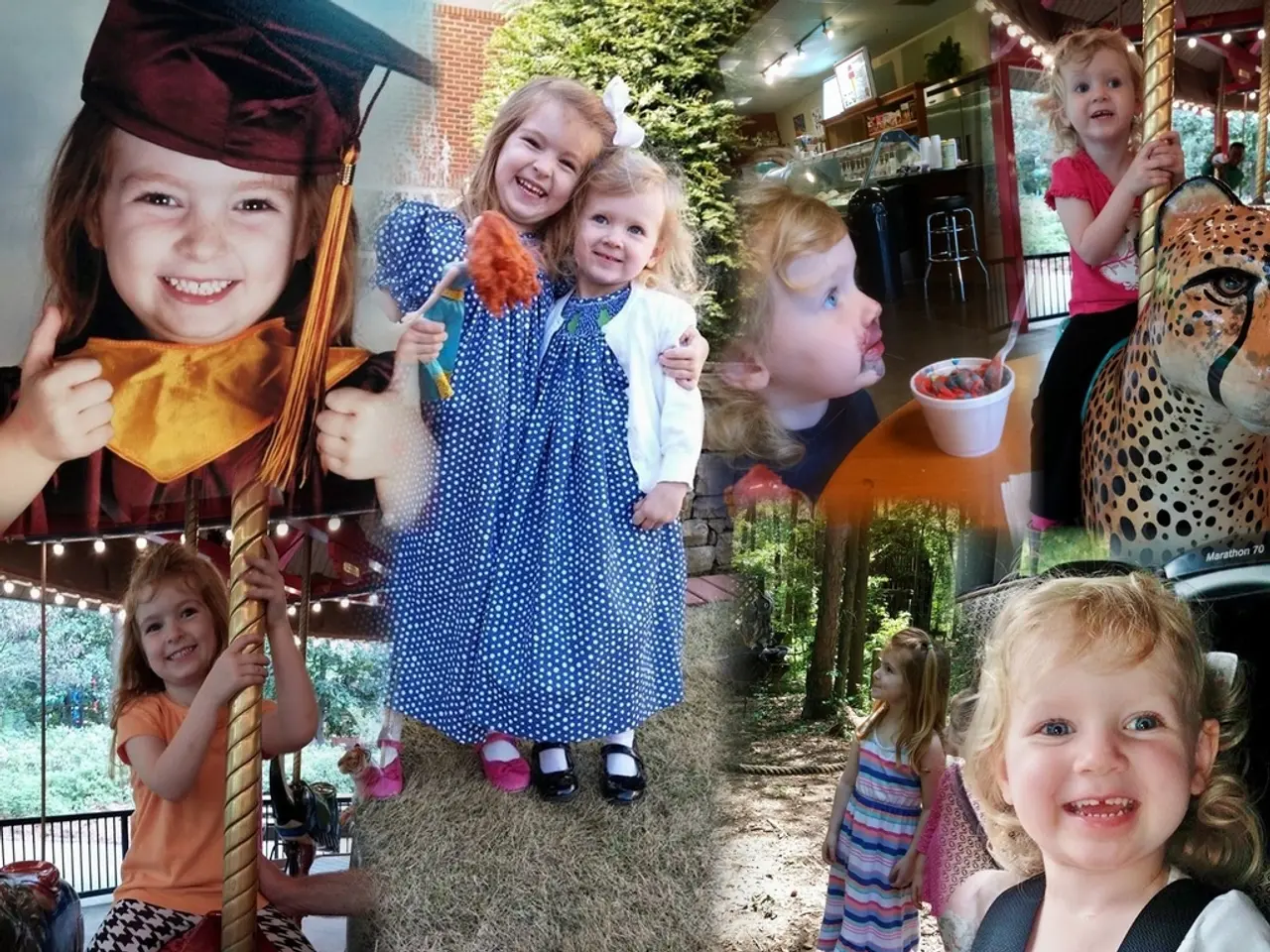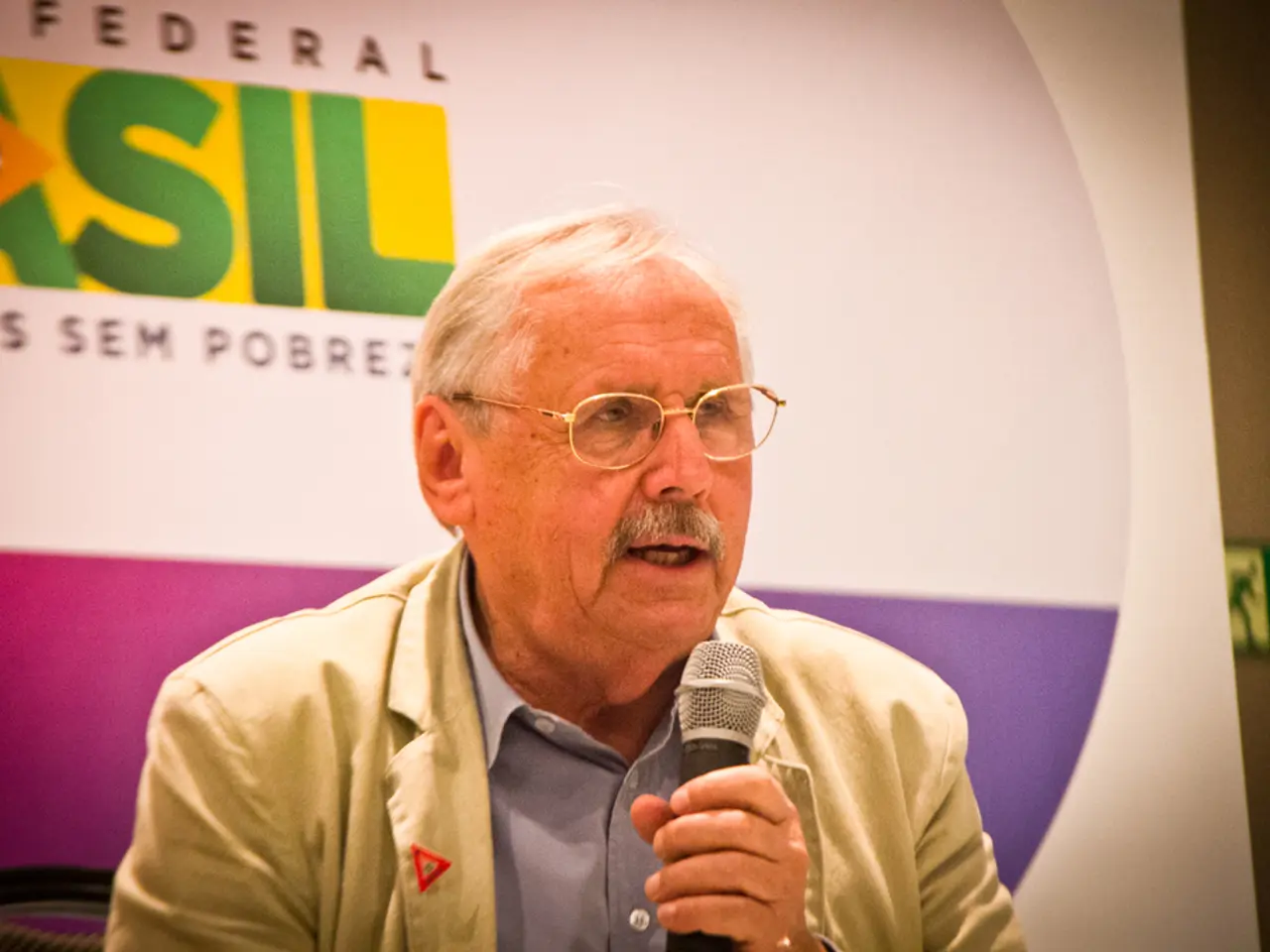Indie films embracing creative liberty leading to overly abstract narratives?
In the world of indie filmmaking, a delicate balance is being struck between narrative freedom and audience engagement. This balancing act is crucial, as excessive abstraction can potentially leave viewers confused and disconnected [1].
The surge in narrative freedom within indie films has sparked a debate about at what point a story becomes so abstract that it alienates its audience. However, indie filmmakers are rising to the challenge, embracing collaborative, fluid storytelling processes that allow the narrative to evolve during production and editing [1].
Collaborative partnerships, such as director-editor relationships, foster flexibility to adapt the story throughout filmmaking. This openness enables more nuanced characters and emotionally engaging narratives without locking storytelling decisions too early [1].
Using fluid storytelling techniques, like integrating flashbacks or multiple viewpoints, enriches the narrative. When done skillfully, these techniques deepen character understanding quickly but avoid disrupting narrative flow [1].
Indie filmmakers also balance artistic risks with commercial sensibility by avoiding overly abstract or fragmented storytelling that can confuse or alienate audiences. They experiment within frameworks that keep the story accessible but fresh and thought-provoking [1].
Strong production design and visual elements are employed to build immersive worlds that communicate character and mood non-verbally, enhancing engagement beyond dialogue [3]. Directorial tools like storyboarding are used to plan shot composition, pacing, and camera movement that emotionally connect viewers with the story [5].
In practice, this balance means indie films maintain their distinct voices and innovative approaches while consciously crafting narratives and visuals that remain relatable and compelling to viewers [1][3][5]. This dynamic approach promotes both artistic expression and meaningful audience engagement.
Relatable and well-developed characters can serve as anchors, guiding the audience through complex plots and abstract themes [6]. Abstract narratives often prioritize themes and visuals over detailed character arcs, leaving audiences struggling to connect emotionally [2].
Non-linear storytelling and obscure symbolism can create a sense of mystery, but too much can result in confusion rather than intrigue [2]. Striking a balance between artistic expression and audience engagement is crucial for indie filmmakers to ensure their work is both innovative and accessible [4].
Indie films, often made with shoestring budgets, have the ability to break free from formulaic narratives and explore uncharted territories of human experience [7]. The key to indie filmmaking lies in balancing creativity with clarity, ensuring that the narrative remains engaging and comprehensible for the audience [4].
In conclusion, the art of indie filmmaking is a delicate dance between narrative freedom and audience engagement. By embracing collaborative storytelling, fluid narratives, and strong visuals, indie filmmakers are creating captivating, thought-provoking, and relatable films that push the boundaries of traditional storytelling.
- Indie filmmakers are delving into the realm of more abstract narratives, sparking debates about the balance between narrative freedom and audience engagement.
- In their pursuit of artistic expression, indie filmmakers must be cautious to ensure that abstract narratives don't alienate viewers by prioritizing themes and visuals over relatable characters.
- The surge in narrative freedom within indie films has led to the exploration of non-linear storytelling and obscure symbolism, which can create mystery but may result in confusion if not handled carefully.
- Collaboration among indie filmmakers such as director-editor relationships fosters adaptability, enabling more nuanced characters, emotionally engaging narratives, and maintaining a delicate balance between artistic expression and audience engagement.
- Innovative approaches to storytelling, like integrating flashbacks or multiple viewpoints, enrich narrative complexity without disrupting the flow, deepening character understanding, and enhancing audience engagement.
- Employing strong production design and visual elements, indie films create immersive worlds communicating character and mood non-verbally, thus deepening relatability and engagement beyond dialogue.







